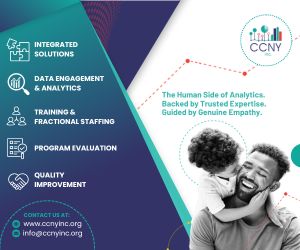Young Children’s ‘Looking Behaviors’ Accurately Predict Autism Diagnosis
Children’s looking behavior at ages 16 to 30 months, tracked by automated devices while the children watched videos of social interaction, can be used to predict a clinical diagnosis of autism with a high degree of accuracy. Among young children assessed for autism at a specialty clinic, the data on their looking behaviors was able to identify 82% of those later diagnosed by an autism expert and correctly identified 90% of those without autism. In a replication study, the data on children’s looking behaviors was able to identify 80% of those later diagnosised with autism and correctly identified . . .

